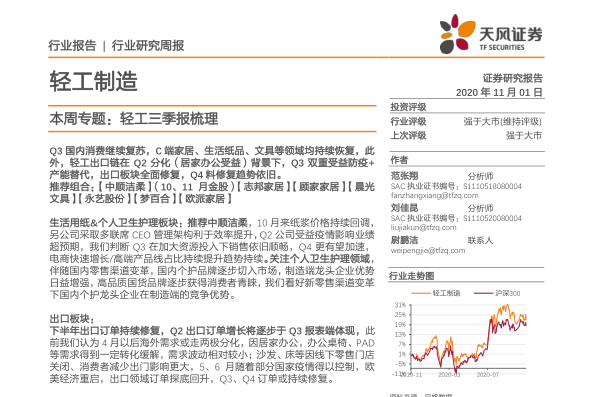0
对于TensorFlow1.7和TensorFlow2.0,请看下面的编辑。 首先定义自定义梯度:
@tf.RegisterGradient("CustomGrad")def _const_mul_grad(unused_op, grad):
return 5.0 * grad
由于你不希望在前向传递中发生任何事情,所以用新的梯度覆盖标识操作的梯度:
g = tf.get_default_graph()with g.gradient_override_map({"Identity": "CustomGrad"}):
output = tf.identity(input, name="Identity")
这里有一个示例,该层使用相同的方法,在向后传递中剪辑梯度,在向前传递中不做任何事情:
import tensorflow as tf@tf.RegisterGradient("CustomClipGrad")def _clip_grad(unused_op, grad):
return tf.clip_by_value(grad, -0.1, 0.1)input = tf.Variable([3.0], dtype=tf.float32)
g = tf.get_default_graph()with g.gradient_override_map({"Identity": "CustomClipGrad"}):
output_clip = tf.identity(input, name="Identity")
grad_clip = tf.gradients(output_clip, input)# output without gradient clipping in the backwards pass for comparison:
output = tf.identity(input)
grad = tf.gradients(output, input)with tf.Session() as sess:
sess.run(tf.global_variables_initializer())
print("with clipping:", sess.run(grad_clip)[0])
print("without clipping:", sess.run(grad)[0])
编辑TensorFlow 1.7和TensorFlow 2.0 从1.7开始,有一种新的方法可以使用较短的语法重新定义梯度,这也适用于Tensorflow 2.0。它还允许同时重新定义多个操作的梯度。以下是上面为TensorFlow 1.7和TensorFlow 2.0重写的示例: 后向通道中缩放梯度的层:
@tf.custom_gradientdef scale_grad_layer(x):
def grad(dy):
return 5.0 * dy
return tf.identity(x), grad
后向通道中剪切梯度的层:
@tf.custom_gradientdef clip_grad_layer(x):
def grad(dy):
return tf.clip_by_value(dy, -0.1, 0.1)
return tf.identity(x), grad
收藏
 理工酷
理工酷
 资源下载
资源下载








